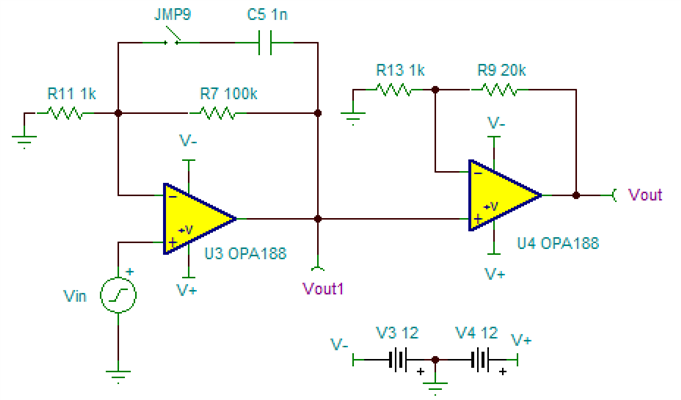Other Parts Discussed in Thread: OPA188
Hi team,
LP5907 is an ultra-low-noise LDO. Its output voltage noise is less than 6.5 µVRMS. How can I measure it in lab? The oscilloscope in the lab cannot measure voltage less than 1mV, is there any other way to measure it? Or do I have to use a more accurate instrument to measure? Thank you!
Best Regards
Hao





